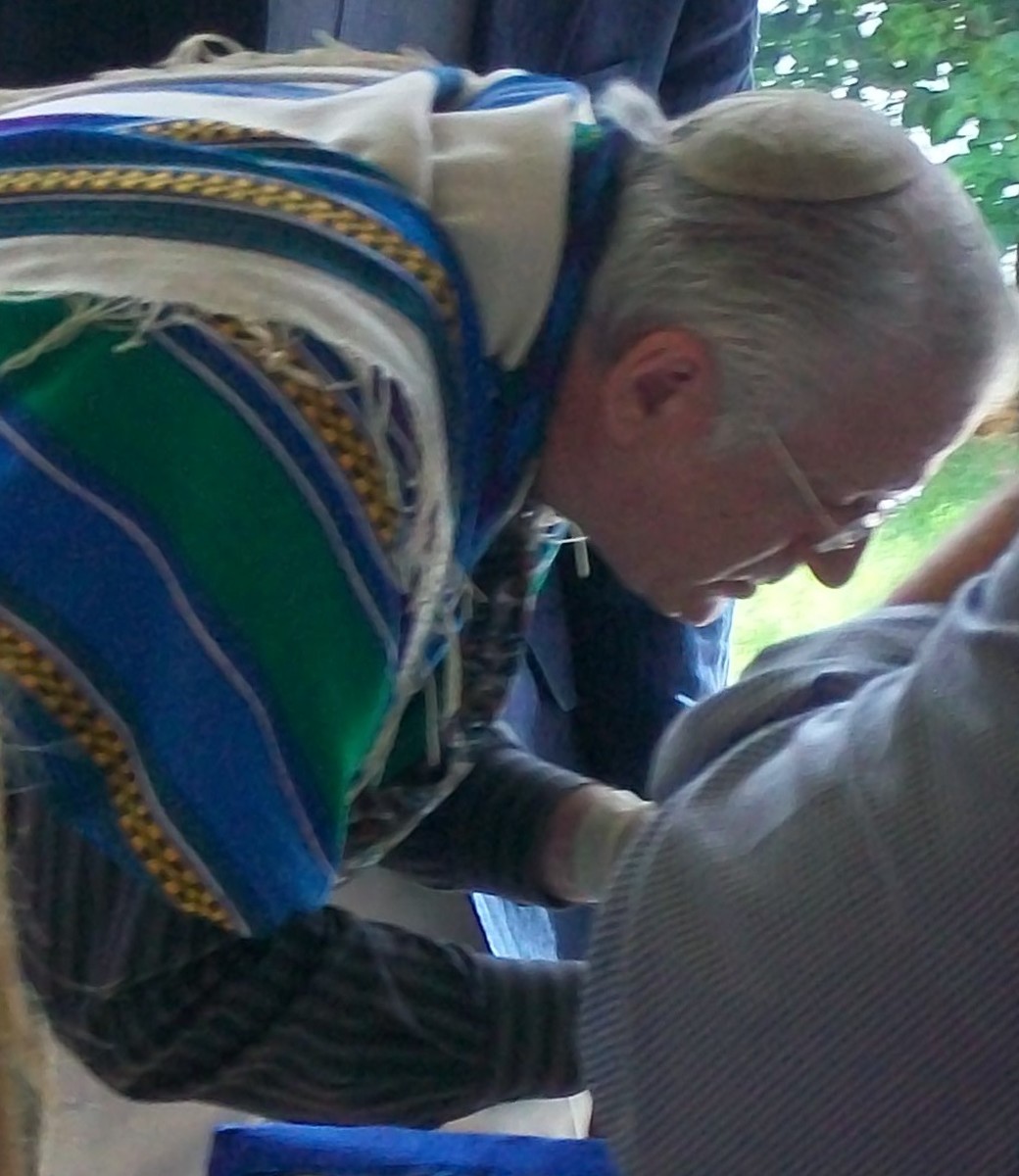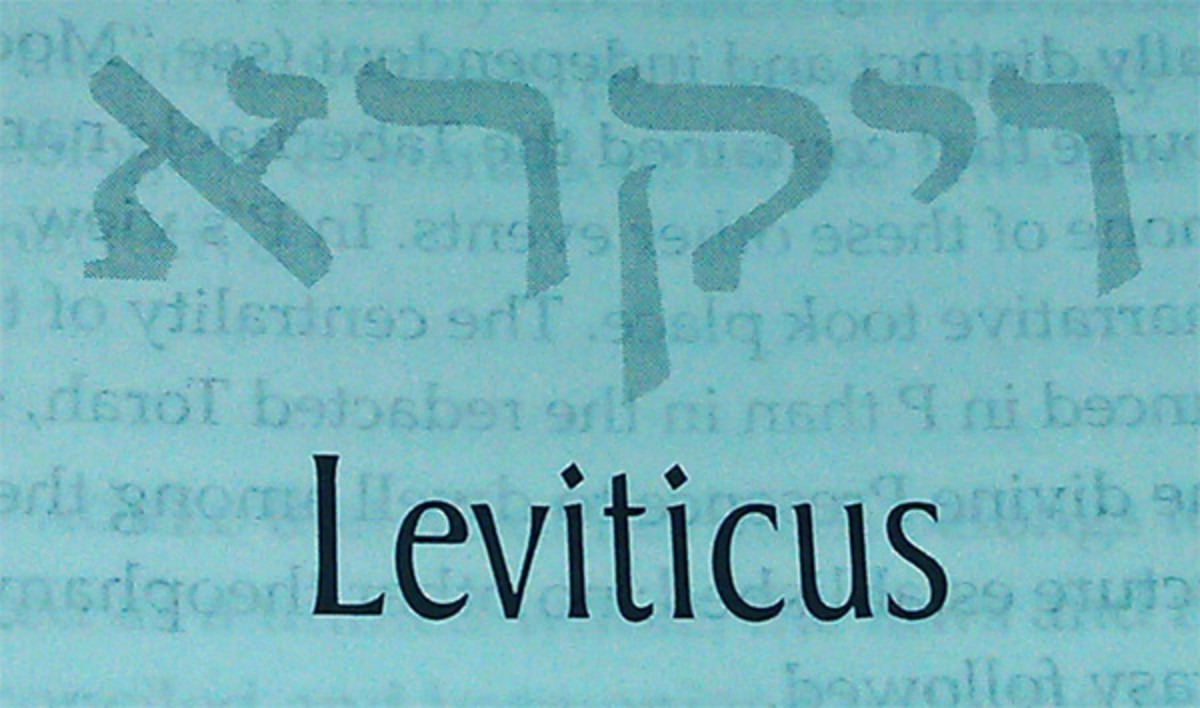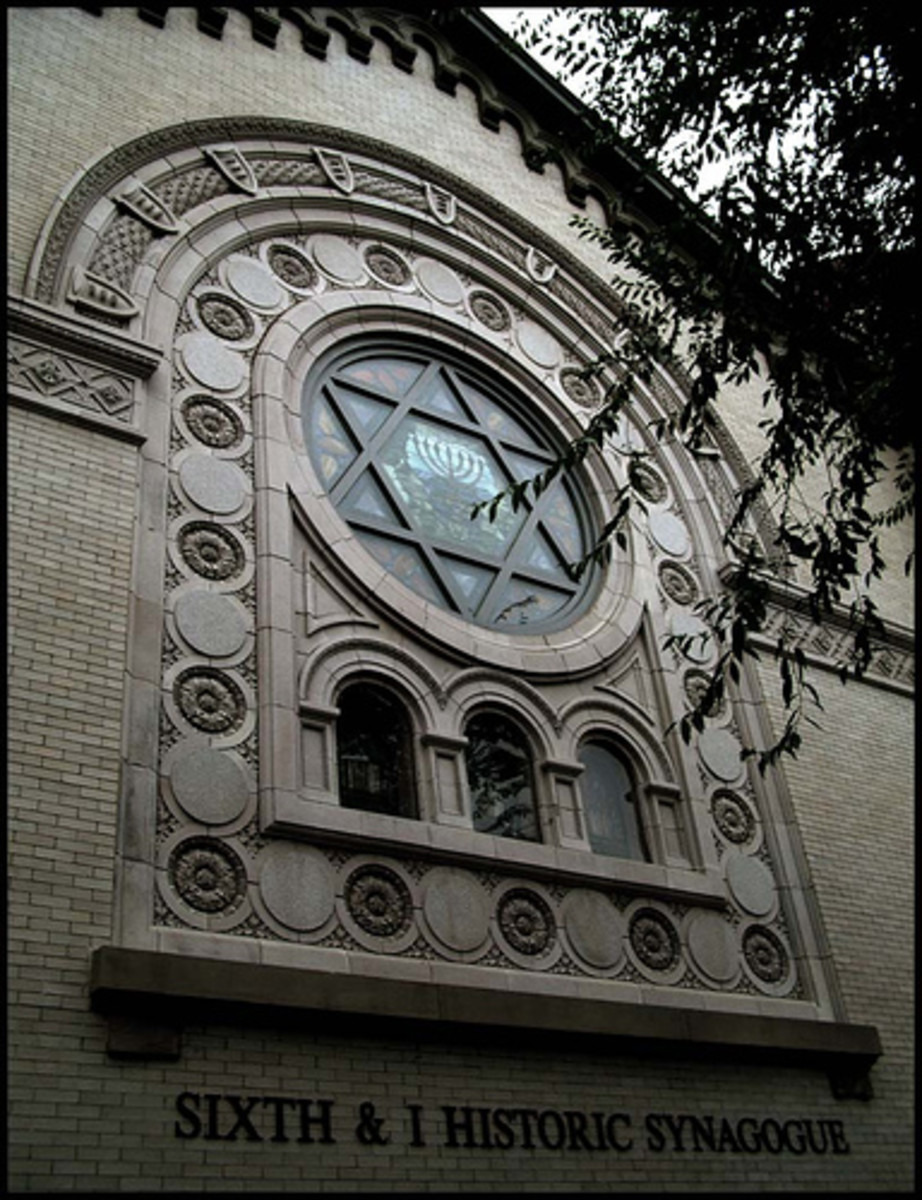Congregation Beth Pinchas: Home of Bostoner Hasidism
Introduction
Congregation Beth Pinchas, the Bostoner Rebbeshlit”a’s synagogue in Brookline, Massachusetts, stands between two historic milestones: the fiftieth anniversary of theshul’s move from Boston’s Dorchester neighborhood to Brookline in 2011 and the hundredth anniversary of the first Rebbe founding the shul, originally called the New England Chassidic Center, in 2016. And at first glance, as one might expect from such a stable, time-honored congregation, life at the square brick building on the corner of Beacon Street and Williston Road girded by low hedges, plain except for stained glass in the side windows, feels little different than always.
Step through the front entrance and the vestibule during daily prayer services and you’ll likely find the sanctuary’s rows of wooden benches filled with worshippers whose wardrobes run the gamut from black frock coats and knee breeches to T-shirts and jeans, reciting the liturgy at various volumes and paces—some standing and some sitting, some swaying back and forth in Hasidic manner and some still. At other times, you might find a few men sitting by themselves or in pairs in the benches or in the study corner to the far right of the entrance, poring over Talmud tractates or other choices from the bookshelves lining the wall on either side of the doors. Walk around the synagogue’s unique mechitzah (partition) of one-way glass through the women’s section into the Liberman Study Hall and you might see more of the same or a full-fledged shi’ur, or Torah class, around its rectangular tables.
Beth Pinchas clearly remains as dedicated as ever to bringing Jews together for prayer, Torah study, and the celebration of their faith. But in the past few years the synagogue has undergone, and is still undergoing, significant changes in the people, activities, and space connected with it.
Who's Who
Undoubtedly the greatest change was the death of the second BostonerRebbe, Grand Rabbi Levi Yitzchak Horowitz zt”l, in December 2009from a heart condition at age 88. It was Grand Rabbi Levi Yitzchak Horowitz who, in his 65 years as Rebbe, raised Bostoner Hasidism to the renown it now enjoys in the local and global Jewish communities, mainly through the organizations, institutions, and activities he initiated or involved himself with—including ROFEH International, a service providing medical referrals, housing, meals, and support for patients traveling to Boston for hospital treatmentand their families; Torah Academy, the K-8 Orthodox day school across Williston Road from Beth Pinchas; and the shabbatonim (Sabbath retreats) the Rebbe held during the 1960s that pioneered the kiruv movement to encourage non-Orthodox Jews toward greater observance, and through which Beth Pinchas drew many stalwarts of its congregation today.
The Rebbe zt”l had been ill for several years and was “incapacitated for the last eight or nine months of his life,” according to Grand Rabbi Naftali Yehuda Horowitz, Grand Rabbi Levi Yitzchak’s son and the current BostonerRebbeshlit”a. Despite this, and despite the Rebbe zt”l having moved full-time to Israel two years before his death, the Beth Pinchas community felt a sudden, painful void losing him—a void expressed by leaving his chair beside the bimah (the platform from which the Torah is read) empty during the year of mourning. “Even though he was in Israel,” the current Rebbe explains, “he still kept in touch with people here … it really took a toll on them.”
What earned Grand Rabbi Levi Yitzchak his followers’ devotion was his personal touch. Many who knew the Rebbe zt”l have spoken and written about his charisma, which stemmed from an ability to relate to everyone he met, no matter how diverse their backgrounds and interests or how divergent from his own. Members still talk about his divrei Torah inspired by Ted Williams’s batting style and Pete Rose breaking the lifetime hits record. “He could be close to everyone,” the current Rebbe notes.
The Rebbe zt”l’s personable character made him a natural for providing the spiritual advice and guidance that is a Hasidic rebbe’s stock-in-trade. Congregant Zvi Siegel, 67, who has attended Beth Pinchas since 1968, says he often turned to the Rebbe zt”l for advice, coming to think of him as “not exactly a father figure, but in loco father, sort of,” and likened his death to losing a parent.In fact, an article in ROFEH’s Fall 2010 newsletter described the congregation as “orphaned” by the loss of the Rebbe zt”l.
According to the Rebbe zt”l’s wishes, Grand Rabbi NaftaliYehuda became the BostonerRebbe in Brookline. The Rebbe zt”l’s eldest son, Grand Rabbi PinchasDovid (named after the Rebbe zt”l’s father, the first BostonerRebbe, for whom Beth Pinchas is also named), became the Bostoner Rebbe of Boro Park, having already inherited the position of Chuster Rov from his late father-in-law, Rabbi Yehoshua Greenwald zt”l. Grand Rabbi Levi Yitzchak’s middle son, Grand Rabbi Mayer Alter Horowitz, became the BostonerRebbe of Jerusalem in the HarNof neighborhood that the Rebbe zt”l founded in the 1980s. Other Bostoner communities exist in Boro Park and Flatbush in New York City; Monsey, New York; Lawrence, New York; Highland Park, New Jersey; the Beitar neighborhood of Jerusalem; and Bet Shemesh, Israel, led by their children and by descendents of Grand Rabbi Moshe Horowitz zt”l, Grand Rabbi Levi Yitzchak’s brother and the first Bostoner Rebbe of New York.
Grand Rabbi NaftaliYehudahad the practical and administrative duties of being a rebbe well in handwhen he succeeded his father, having participated in leading Beth Pinchas since 1980—first as dayan (religious judge), and then as rabbi of the shul in 1988. His role was especially instrumental during the half of every year the Rebbe zt”l spent in Israel before moving there permanently in 2007. What challenged him upon becoming Rebbe, he says, was serving as “spiritual compass” for the community, answering spiritual questions and fielding requests for advice;perhaps this accounts for the Rebbe’s habit of pausing to gaze reflectively into the distance, sometimes clutching his long, immaculate gray beard, when responding to a question or delivering a dvar Torah. Congregants directed most spiritual questions to the Rebbe zt”l during his lifetime, “whereas as rov, they might ask you a question about Jewish law, which is more of a black-and-white area and less of a gray area.” Nonetheless, the Rebbe says the most gratifying thing about being a rebbe is “making sure that your community’s needs are met, both in a spiritual and in a physical sense.”
The Rebbe describes his leadership style as “a hands-on type of style, where I try to guide people in the right direction, but will not forcefully do so.” He adds that his leadership style differs from the Rebbe zt”l’s in that he tries to keep in place what the Rebbezt”l created. “The Rebbe zt”l’s style was as a trailblazer to being a Hasidic rebbe on the American scene,” he elaborates. “I try to follow it, but … he was a step above everybody else. And he was an innovator, whereas I’m trying to continue.”
In March, the Rebbe and congregational leaders decided the Rebbe could use an extra pair of hands in his hands-on leadership of Beth Pinchas, and announced that the shul was hiring Rabbi Shloimy Halpern as assistant rabbi. The Rebbe explained, “I’m not only involved in the shul, but in ROFEH, in the ChevraKadisha[Burial Society], and in the mikveh [ritual bath].” The Rebbe is also the rav ha-machshir of the Greater Boston Eruv, a border of wires strung on telephone poles enclosing the most densely Jewish areas of Greater Boston and thereby permitting carrying things in public on Shabbos.“So I have a broader role in the Jewish community, whereas he’s zeroing in on the shul.”
“We’ve had such people who’ve filled such a position before,” the Rebbe observes, “though not with the same title—Rabbi Nachum Leib Sacks, Rabbi Zvi Solomon,” who helped the Rebbe develop programming for Beth Pinchas in recent years. Rabbi Sacks moved to New York; Rabbi Solomon now works as a kosher supervisor for the VaadHaRabbonim of Massachusetts. He also operates the Greater Boston Shatnez Laboratory, testing clothing for the Biblically forbidden mixture of wool and linen.
Rabbi Halpern, a tall man whose gravelly voice contrasts with a gentle demeanor and playful sense of humor, is a member and program/outreach director of the Kollel of Greater Boston (a community-wide House of Study and Torah think tank offering classes to the community) and Talmud teacher at the Mesivta of Greater Boston, the area’s “black-hat” Jewish high school for boys. Rabbi Halpern taught a dafyomi class at Beth Pinchas several years ago as well. He is known for his animated, enthusiastic divreiTorah, which he delivers at Beth Pinchas during Shabbos morning services.
The Rebbe describes Rabbi Halpern’s other roles as developing classes and activities for the synagogue and being “someone to reach out to the younger couples in the community.” The Rebbe and the congregation members who hired Rabbi Halpern perceived an “age gap,” in the Rebbe’s words, between this demographic and the Rebbe, 61, that they felt Rabbi Halpern’s involvement could close.
Rabbi Halpern, though, does his utmost to deflect attention from himself, instead underscoring the demands on the Rebbe’s schedule that make his own job necessary. “The Rebbe begins his day at five o’clock; he’s the first one in the shul, where he learns with a chevrusa[study partner] every day before Shacharis. He learns throughout the day, and spends the rest of his day doing chesed [kindness]” through his congregational and communal responsibilities. Rabbi Halpern also notes that the Rebbe travels to Jerusalem to visit a new Bostoner synagogue, Zera Levi, in the Beitar neighborhood a few times a year. “I’m just here to assist the Rebbe,” he demurs.
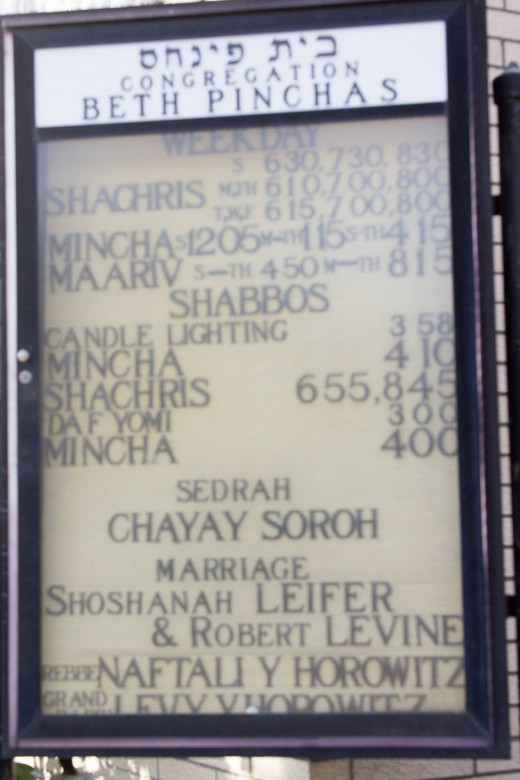
What's What
For all the Rebbe’s disclaimers that he’s just following in his father’s footsteps, the Rebbe and his supporters have done their share of innovating when it comes to Torah learning at Beth Pinchas. Late in the last decade, the shuloffered a handful of ongoing classes like the morning and evening dafyomi groups led by Rabbi Aaron YosefLantzitsky, a Mishnah shi’ur between afternoon and evening prayers taught first by ShabsiBeilin and later taken over by fellow congregant Rabbi Shia Zuber, and a class on the halakhos(laws)of medicine on Shabbos given by Dr. YosefDovid Hollander.
Then, around the turn of the decade, the Rebbe with the help of Rabbi Sacks and Rabbi Solomon began establishing a larger and broader range of educational programming for the synagogue. Rabbi Sacks coordinated daily classes on Gemara for beginners and the weekly Torah portion, and taught a brief halakhah class after the 7:00 weekday Shacharisservice based on the Shulchan ’Arukh and Mishnah Berurah, as well as a shi’uron the Books of Samuel on Sunday nights. One of Beth Pinchas’s most highly attended shi’urim—perhaps for ulterior motives—while Rabbi Sacks lived in Bostonwas his Thursday night class on the Hasidic work Nesivos Shalom, at which he served his wife’s hot cholent, a stew traditionally consisting of beef, potatoes, beans, and barley.
Rabbi Solomon, meanwhile, gave a shi’ur on taharas ha-mishpachah (family purity) and led a men’s Sunday morning breakfast program for learning halakhah, as well as classes on PirkeiAvos and the bookTomerDevorah for women. Additionally, his wife RebbetzinYehudis Solomon taught a women’s shi’ur on the Book of Esther shortly before Purim in 2010 and 2011.
Presently, Beth Pinchas holds a chaburahlearning group program every Monday and Wednesday evening. The Rebbe teaches a dafyomishi’ur in Talmud Yerushalmi that he began after last year’s Siyum Ha-Shas, the completion of the seven-and-a-half year cycle of learning a page of Gemara every day, to complement the more commonly studied and more authoritative Talmud Bavli. Dr. Hollander now teaches a shi’ur on the Psalms that he began after the conclusion of his medical halakhahshi’ur. In October, Rabbi Halpern started a class on the Hasidic masters’ interpretations of the weekly Torah portion on Thursday evenings, at which hot cholent made its triumphant comeback.
Another popular new program has been the Shabbos afternoon lecture series for women instituted this spring, drawing forty to fifty attendees each week, according to Rabbi Halpern. Each lecture features a different speaker—whose topics have ranged from the weekly Torah portion to Pirkei Avosto Jewish holidays—and is hosted at the home of a different member of the congregation.Rabbi Halpern noted that the series won’t be able to continue into the winter, when sunset arrives earlier and leaves little time between Shabbos lunch and the end of the sacred day, yet many women have expressed a wish to keep the series going. In response, Rabbi Halpern plans to hold the lectures on Tuesday nights in conjunction with the Kollel of Greater Boston.
Grand Rabbi Naftali Yehuda has also resumed his father’s practice of hosting occasionalshabbatonim for the community, holding his first shabbaton in February 2010 as a sort of début as Rebbe to the wider public. Subsequent shabbatonim have featured outside speakers at meals and morning kiddush, including Rabbi Hanoch Teller, author of a noted book on the Bostoner dynasty; Rabbi Dovid Goldwasser, a respected New York-based speaker and writer; and Rabbi Dovid Gottlieb, a teacher at Ohr Somayach yeshivah in Jerusalem and, like Rabbi Teller, a longtime Bostoner Hasid.
Attendees reserve a place for a small fee for the catered Shabbos dinner conducted by the Rebbe, at which he givesdivrei Torah and leads the group in singing zemiros(hymns) with distinctive Bostoner tunes, orniggunim, as well as for Shabbos morning kiddush and shalosh se’udos, the third Shabbos meal.These shabbatonim are unlike the Rebbe zt”l’s gatherings in that Shabbos lunch is not included, and attendees don’t spend Shabbos night in the guest rooms on the shul’s upper floors above the Rebbe’s office. Also, they don’t focus specifically on kiruv, although they are open to anyone. Still, the shabbatonim fill the shul wall-to-wall as in Grand Rabbi Levi Yitzchak’s days with Jews hoping to charge their spiritual batteries—praying, singing, and absorbing the Rebbe’s and speakers’ words of Torah intently.
A more mundane change to synagogue activity came in the spring when Shabbos morning kiddush was moved from the second-floor “Sukkah Dining Room”—featuring a retractable roof covered with tree branches for use during Sukkos, the Feast of Tabernacles—to the larger Sharzer Hall social area in the basement, where shalosh se’udos is also held. Kiddushis the sanctification of the Sabbath over wine after Friday evening and Saturday morning prayers (when most synagogues hold it on site), which at Beth Pinchas also includes homemade noodle and potato kugel, or casserole, lemon and marble cake, and a variety of flavored sodas and liquor. In decades past, the Rebbe zt”l would hold a private kiddush in the smaller upstairs space accompanied only by a few invited guests. Grand Rabbi Naftali Yehuda, asrov of the shul,later made kiddush public, and more members began to attend until, in recent years, elbow room came at a premium. Sharzer Hall provides a more comfortable and relaxed experience for more people, in line with the principle of ’oneg [delight in] Shabbos.
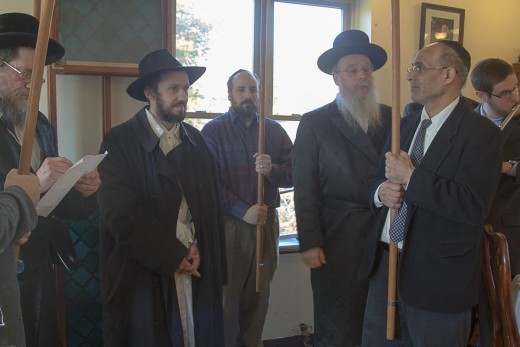
Where's Where
Early in 2007, Congregation Beth Pinchas began a thorough and overdue renovation of the shul building. Services were held in Sharzer Hall while the sanctuary was being refurbished; worshippers took the displacement in stride, assembling to pray among the long cafeteria-style tables and wheeled coat racks. Zvi Siegel says he didn’t hear any grumbling from his fellow congregants—even when the discovery of dangerous damage to the wiring system delayed completion until late spring—though he concedes, “I’m not that good about keeping my ear to the ground for these things.”
The community generally approved of the synagogue’s new look. Benches were relocated from in front of the bimah to rows on the right, giving the sanctuary a more spacious feel. Bookcases were also moved from the back wall opposite the bimah. Theshul acquired a more elegant appearance, while remaining homey and intimate. Siegel’s one complaint about the changes deals with acoustics: “The wood paneling was higher on the walls before; now it’s lower on the walls. It used to give a more mellow, lower sound. Now it’s a higher sound.”
A few years after the renovation, Beth Pinchas also replaced its trademark mechitzah of one-way glass. Many years ago, the John Hancock Tower installed windows with a defect that made them fall out of their frames. The Rebbe zt”l, learning of this, asked Hancock to donate a few of the now-unusable panes for a tax write-off, and the company happily obliged. The mechitzah allowed the women to see into the men’s section, and thus see the prayer leader and the Torah procession and reading, but prevented the men from seeing into the women’s section, as per halakhah.Eventually the one-way finish on the glass started wearing off, and the mechitzah was covered with a curtain, negating its advantage for the women and prompting its replacement.
The new mechitzah also features one-way glass, but mounted on a high wooden base—not full-length glass panes like its predecessor. Siegel comments, “It’s an improvement over the old one. It would be more of an improvement if one could hear better; that’s what I hear from the women through my wife.”
Despite its bevy of recent changes, Siegel says Congregation Beth Pinchas feels as much as ever like his spiritual home. “It’s still a place I wish to daven [pray] at, that I’m comfortable at…. I will continue as long as I have the physical strength to walk the mile to shul and back.”
After all, change itself and adaptation to new realities lie at the essence of Bostoner Hasidism. Change in the form of World War I brought Grand Rabbi Pinchas Dovid Horowitz, a scion of the Lelov and Nikolsburg Hasidic dynasties, to America to establish a new dynasty for the New World after being trapped as an Austrian citizen (although a native of the Holy Land) in Allied Greece while traveling. Change in the form of a dwindling Orthodox community in Boston brought Grand Rabbi Pinchas Dovid to New York in 1940 and, in the form of Grand Rabbi Pinchas Dovid’s death and his eldest son’s assumption of the title of Bostoner Rebbe of New York, brought Grand Rabbi Levi Yitzchak Horowitz back to Boston a few years later to revive his father’s movement where it began. Change in the form of the migration of Boston’s Jewish community from Dorchester and Roxbury to Brookline, Brighton, and Newton brought Congregation Beth Pinchas to the location it has occupied for the last 52 years. Change in the form of the spiritual hunger among youth in the 1960s led to the shabbatonim that swelled the shul’s ranks and helped reverse the previous generations’ tide of assimilation.Torah and tradition themselves defy change, but Beth Pinchashas endured by rising to each hour’s challenges and accomplishing what the moment requires to keep the timeless alive.
Works Cited
Anonymous. And the Angels Laughed. New York: Mesorah, 1997.
Halpern, Shloimy. Telephone interview. 29 September 2013.
Halpern, Shloimy. Personal interview. 1 October 2013.
Horowitz, Naftali Yehuda. Personal interview. 12 September 2013.
Horowitz, Raichel. The Bostoner Rebbetzin Remembers. New York: Mesorah, 1996.
Siegel, Zvi. Telephone interview. 21 September 2013.
Teller, Hanoch. The Bostoner. Jerusalem; New York: Feldheim, 1990.
Valach, Meir. A Chassidic Journey. Eliezer Shore, translator. Jerusalem: Feldheim, 2002.

